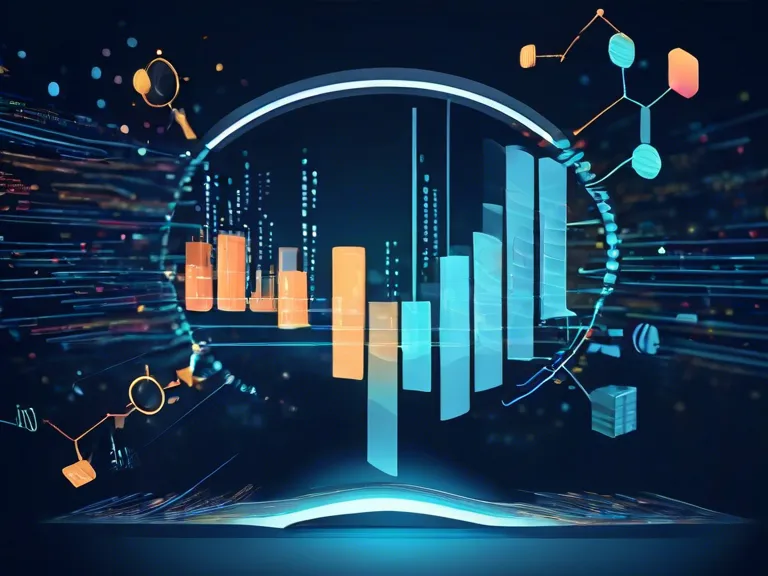
Innovations in Data Science: Achieving Real-Time Information Flow
In the ever-evolving world of data science, one of the most significant advancements is the ability to achieve real-time information flow. This innovation allows organizations to make data-driven decisions quickly and accurately, giving them a competitive edge in today's fast-paced business environment.
Real-time information flow in data science is made possible by leveraging technologies such as streaming analytics, machine learning, and artificial intelligence. These technologies enable organizations to process and analyze data as it is generated, providing up-to-the-minute insights that can drive immediate actions and improvements.
One key application of real-time information flow is in the realm of predictive analytics. By continuously analyzing data streams and identifying patterns, organizations can predict future trends and outcomes in real time. This capability allows businesses to proactively respond to changes in their environment, optimize operations, and capitalize on opportunities as they arise.
Another important use case for real-time information flow is in the field of fraud detection. By monitoring transactions and user behavior in real time, organizations can quickly identify and mitigate fraudulent activities, reducing financial losses and protecting their reputation.
Overall, the ability to achieve real-time information flow in data science is transforming the way organizations operate and make decisions. By harnessing the power of data analytics and technologies, businesses can stay agile, competitive, and ahead of the curve in today's data-driven world.



